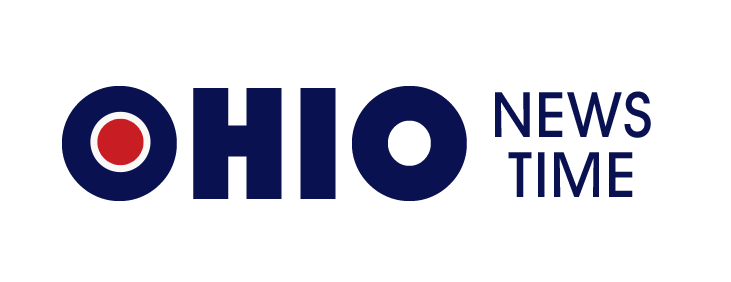All you need to know about CDC tools in 2022
Data and business go hand-in-hand in the modern workplace environment. Today, fast moving businesses of all scale and size rely on data to make smarter decisions and generate growth. Data is considered by growing businesses as one of the most valuable assets of an organisation. With more businesses relying on advanced, personalised and segmented data for decision making, data acts as the key link between customers and companies. Therefore, the correct use of data ensures businesses to drive growth and profitability while identifying business opportunities to gain a competitive edge.
With data playing a pivotal role to the success of modern businesses, managing and utilising it becomes critical to the operations of any company. As the data volume grows, so do the complications, eventually slowing down the operations and functions with time. The process of loading and transforming data in a storage destination (called Data Ingestion) becomes sluggish, which impacts the processes relying on data for execution. As processes slow down, so does decision making, and the road to growth.
This is where CDC (Change Data Capture) comes into play. Introduced by Oracle, CDC enables tracking changes to tables and storing them to a change table, which then can be used by an ETL (Extract Transform Load) process. This helps in establishing real-time sync between Oracle and the data warehouse where business data is stored. Oracle CDC identifies and captures data added to, updated and deleted from tables making the details of the changes available in an easy, consumable format.
Oracle has based CDC on a publisher-subscriber concept where businesses are the publishers who make changes to data and applications or data administrators which make use of the changed data.
For modern business environments where the volume of data continues to grow with time, CDC is an efficient data replication technique that can scale effectively with time.
So how does CDC work?
Fundamentally, CDC is used for identifying rows in a source table that have changed since the last replication.
CDC can also identify any changes in metadata, including – name changes, attribution changes to tables, etc. CDC is responsible for replicating any changes to data, including – create/update/delete operations.
CDC can be implemented using three methods – Log based CDC, Trigger based CDC and using Custom CDC script. Irrespective of which CDC implementation method you choose, there are multiple advantages of using it for data replication.
Let us understand the advantages of using CDC:
- Faster: CDC makes bulk updates of a database, resulting in a lower number of replicated data points compared to an alternative replication method. Thus, it is faster as a synchronous data.
- Low Network Burden: Oracle CDC works as a single point of source, thereby lowering the volume of transferred data over a network. This reduces the bandwidth required to flow over a network, and unburdens the network operations significantly.
- Synchronous Workflow: CDC works on logs for replicating databases, this makes it apt for replicating real-time data. Also, CDC can support streaming ETL pipelines which makes real-time analytics possible.
- Free Production Resources: CDC relies on logs for copying data, it is often used for moving data from production to analytics database. This replication process does not demand additional resources from a production database.
- Flexible: CDC is fully adaptable to any changes made in the database and table schemas, ensuring real-time changes can flow between publishers and subscribers.
- Cloud Ready: CDC moves in real-time, making it possible to move data across a wide network, therefore it is ready for the cloud.
Is your business ready to embrace CDC?
If your business relies on data to make smarter decisions and power growth and profitability, it’s time to embrace the advantage of Oracle CDC to accelerate data processes and real-time output.
For businesses that need rapid availability and lightning fast access to data, you should explore powerful solutions like Bryteflow for Oracle CDC to meet your needs. Bryteflow’s real-time, fully automated data replication has zero impact on source, making it a perfect high performance solution for data extraction, loading, merging and masking. You don’t need to deploy any special software or a dedicated agent in your environment.
With its multi-threaded techniques, businesses can configure and scale data at will, making it easier to derive insights.
Brytefllow does not require any coding at all – making it super accessible for everyone. Supporting Oracle versions from 10 to 9X, Bryteflow’s Oracle CDC offers smart catch up features in case of down time with a guaranteed enterprise–level security deployed in your business network to mask, tokenize and exclude any sensitive data before the extraction process.
Bryteflow’s Oracle replication also provides businesses access to a real-time dashboard for monitoring, using which they can stay informed and updated on the extraction process. This makes Bryteflow one of the most cost-effective and easiest ways to harness the power of Oracle CDC for your business data.
Get in touch with the data migration experts at Bryteflow and experience a free trial of Oracle replication in action. Experience the power, performance and flexibility of Oracle Change Data Capture today.



